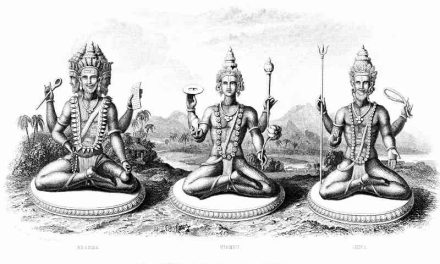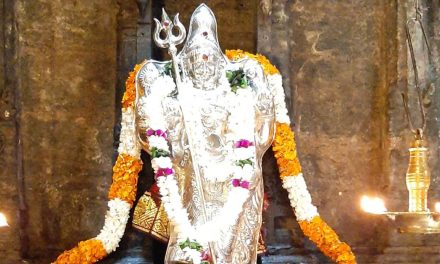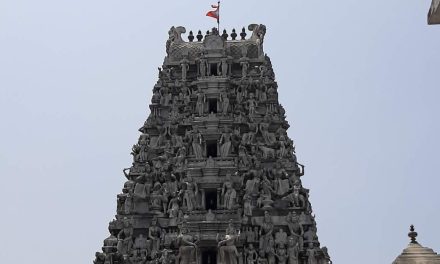Nestled within the vast corpus of Vedic literature, the Sukharahasya Upanishad whispers a timeless message of profound spiritual wisdom. Translated as “The Secret of Happiness,” this ancient text unravels the path to lasting joy, transcending fleeting pleasures and guiding seekers towards the ultimate realization of Self.
A Glimpse into the Text’s Origin and Significance
Belonging to the Krishna Yajur Veda, the Sukharahasya Upanishad is believed to have originated between the 8th and 13th centuries CE. Though relatively late compared to other Upanishads, its teachings resonate with profound insight, illuminating the nature of reality, the human condition, and the ultimate goal of human existence. Unlike many Upanishads focused on philosophical discourse, the Sukharahasya adopts a more devotional approach, emphasizing meditation and mantra recitation as keys to spiritual awakening.
The Four Mahavakyas: Cornerstones of Upanishadic Wisdom
At the heart of the Sukharahasya Upanishad lie the four Mahavakyas, grand pronouncements that encapsulate the essence of Advaita Vedanta philosophy. These Mahavakyas – “Tat Tvam Asi” (That Thou Art), “Aham Brahmasmi” (I am Brahman), “Ayam Atma Brahma” (This Self is Brahman), and “Prajnanam Brahma” (Consciousness is Brahman) – act as guiding principles, pointing towards the non-duality of the individual Self (Atman) and the universal Brahman.
Unveiling the Secret of Happiness: Beyond Fleeting Pleasures
The Upanishad challenges the conventional understanding of happiness as rooted in external objects and experiences. It asserts that true joy lies not in fleeting pleasures but in the realization of our inherent oneness with Brahman, the all-pervading consciousness. This inner peace, untouched by external circumstances, becomes the wellspring of genuine and lasting happiness.
The Path of Meditation: Uniting with the Infinite
The Sukharahasya Upanishad prescribes the practice of meditation as the key to unlocking the secret of happiness. It emphasizes the contemplation of the Mahavakyas, allowing the mind to gradually surrender its limited identity and merge with the expansive reality of Brahman. Through practices like dhyana (meditation) and japa (mantra recitation), the seeker transcends the ego and awakens to the boundless peace and joy that lie within.
Living the Teachings: Bringing Sukharahasya into Daily Life
The Upanishad’s wisdom extends beyond the confines of meditation. It encourages the embodiment of its teachings in daily life through selfless service, compassion, and equanimity. By approaching all beings with reverence, recognizing the divine spark within, and acting with detachment from worldly outcomes, one cultivates a life infused with the essence of the Sukharahasya.
A Universal Message for All Seekers
The Sukharahasya Upanishad transcends boundaries of time, culture, and religious dogma. Its message of universal oneness and the path to inner peace speaks to the deepest yearnings of every human heart. Whether you are a seasoned spiritual practitioner or simply seeking a deeper understanding of life’s purpose, the Upanishad’s teachings offer a timeless roadmap for navigating the journey towards lasting joy and self-realization.
Embarking on the Sukharahasya Path
The Sukharahasya Upanishad invites you to embark on a transformative journey inwards. Its teachings, though profound, offer a clear and practical path towards uncovering the secret to true happiness. By immersing yourself in its wisdom, meditating on the Mahavakyas, and integrating its principles into your daily life, you can unlock the boundless joy that lies within, radiating outwards and illuminating your existence with the light of inner peace.





